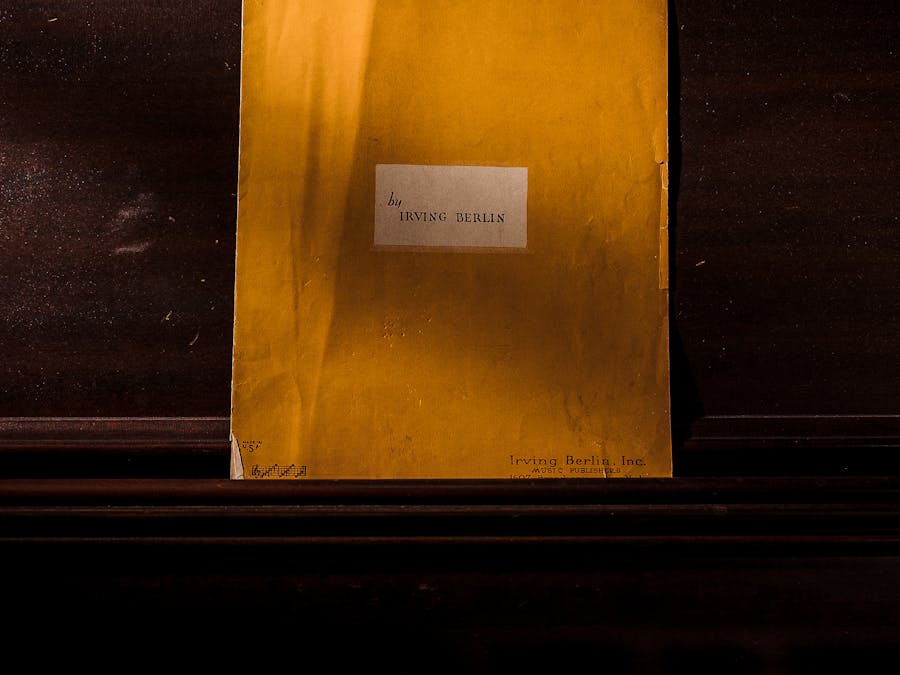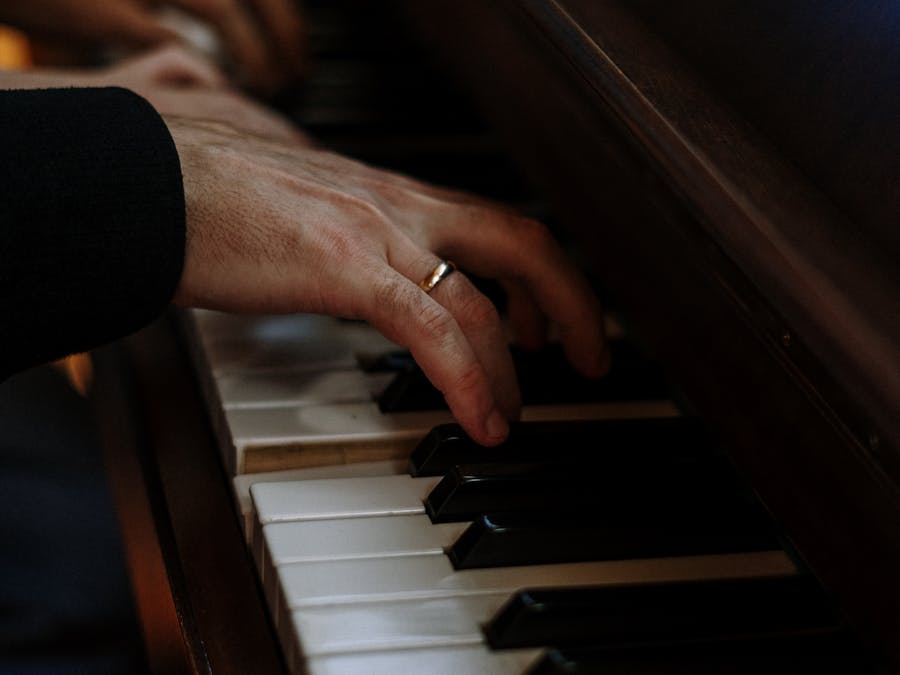 Piano Guidance
Piano Guidance
 Piano Guidance
Piano Guidance

 Photo: SevenStorm JUHASZIMRUS
Photo: SevenStorm JUHASZIMRUS
Moonlight Sonata is not so easy to play, and it holds such depths of emotions that beginners can never replicate. The piece requires a lot of hand practice and prompt timing. Moonlight Sonata is a grade 8 piece, making intermediate or professional-level pianists better at learning this.

A really good piano should be capable of allowing the pianist to play any kind of music. I've heard jazz on Yamahas, Steinways, Baldwins, and...
Read More »
You have the finger strength, dexterity, and coordination to play most songs. How long does it take to get there? About 12 weeks, IF, you practice...
Read More »You’re definitely in for a challenge if you want to learn Moonlight Sonata on the piano. The complete movement of Moonlight Sonata is often considered one of the most complex piano compositions. Ludwig Van Beethoven completed the arrangement for ‘Mondscheinsonate’ or Moonlight Sonata in 1801, and to this day, it stirs an emotion that makes you want to learn the masterpiece. But, the question that is often asked is if Moonlight Sonata is hard to play. Moonlight Sonata is not so easy to play, and it holds such depths of emotions that beginners can never replicate. The piece requires a lot of hand practice and prompt timing. Moonlight Sonata is a grade 8 piece, making intermediate or professional-level pianists better at learning this. The difficulty lies because the sonata has three movements, each requiring something different. While the first movement focuses on separating the RH accompaniment from the melody, the second one requires you to play all the right keys at the right time. Lastly, the third movement needs to have a monitored velocity while playing it. Let’s also be clear about why the moonlight sonata has three movements and is called a sonata. In classical times, a musical composition was quite lengthy and would usually be divided into smaller segments called movements. Moonlight sonata is 201 measures long or roughly 15 minutes, split into three movements. Each movement compliments the other in making the work unique. And ‘sonata’ derives from the Latin word ‘sonare,’ which means ‘to sound.’ Sonata’s started gaining popularity in the early 1700s, and a new form of music appeared called the sonata form , which consisted of three segments. Later, multiple sonatas gained popularity. The movements of Moonlight Sonata also have varying ABRSM levels; for instance, the first movement is a level 6 , the second is a level 7 , and the third movement is a level 8 . So, there’s a unique skill set needed to ace each movement. By the end of this article, you’ll know roughly how long it’ll take you to learn all the movements. Just a spoiler, you might even go deaf learning the complete piece if you don’t practice properly.

Elephants feel an immense amount of pain if someone cuts off their tusks. Tusks are deeply rooted incisors with nerve endings. When severed, those...
Read More »
The chords for Fur Elise are E Major, A minor, C Major and G Major. Mar 21, 2022
Read More »
Pianoforall is one of the most popular online piano courses online and has helped over 450,000 students around the world achieve their dream of playing beautiful piano for over a decade.
Learn More »
1. music teacher - someone who teaches music. piano teacher - someone who teaches students to play the piano. instructor, teacher - a person whose...
Read More »
Did you know that there is a type of glass that glows? It may sound like something out of science fiction, but it's real and has been around for...
Read More »
Non-chlorine bleaches, such as oxygen bleach and hydrogen peroxide, are also good at whitening. These products are gentler and less dangerous than...
Read More »
In early music, what is today called a sixth chord or first inversion in classical music was considered an autonomous harmonic entity with the root...
Read More »
The short answer is that no one knows who invented music. No historical evidence exists to tell us exactly who sang the first song, whistled the...
Read More »
D minor Composition and lyrics In terms of music notation, the song is composed in the key of D minor, with a tempo of 147 beats per minute, and...
Read More »